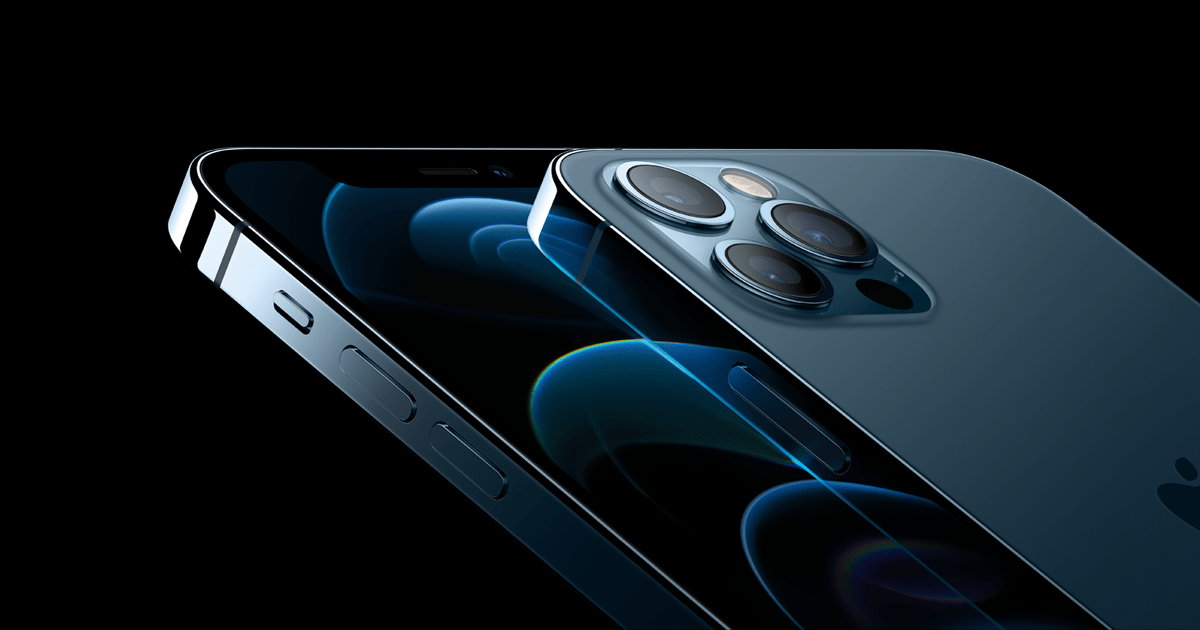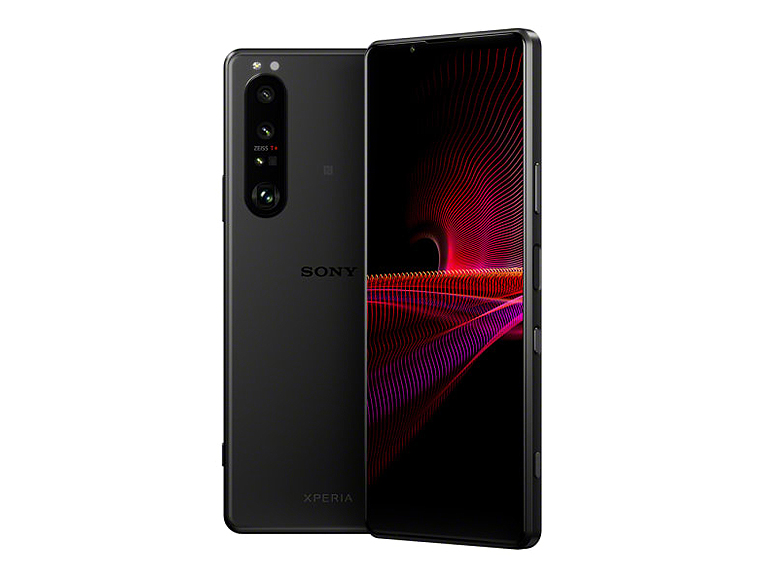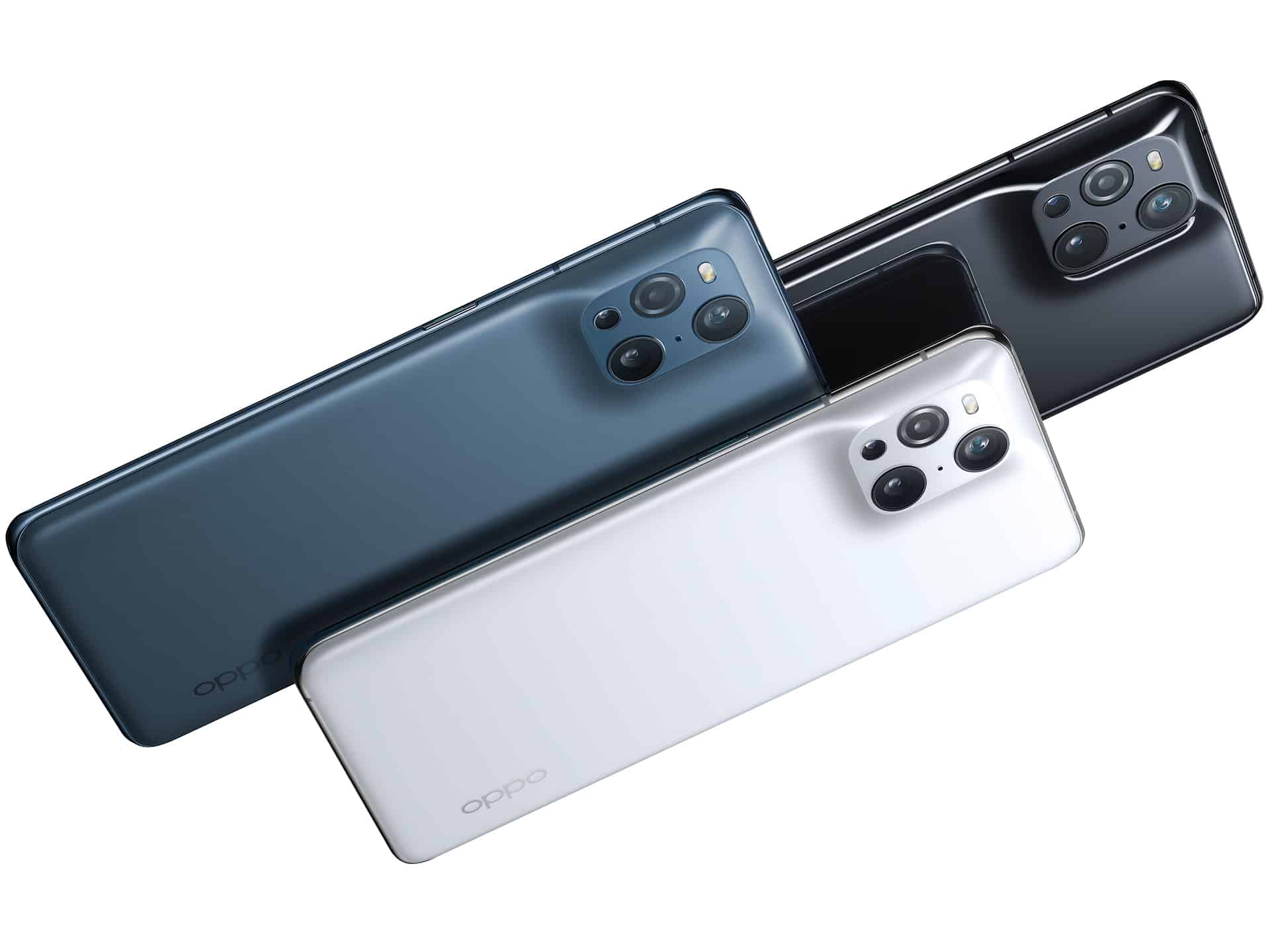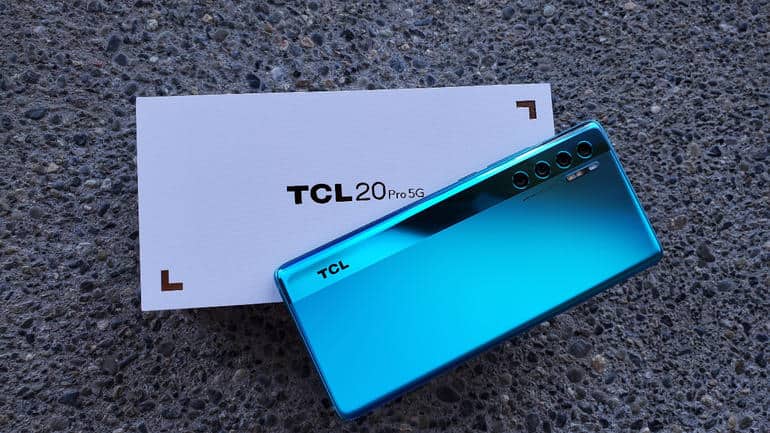Once seen as a market differentiator, almost every flagship device available across the globe now has 5G connectivity. And as you already know, 5G is the next-generation mobile internet network tech and it is said to be twenty times quicker than 4G. For the best options around, see our list of 5 best 5G phones for next-generation speeds:
1. iPhone 12 Pro Max:

This device comes with a brilliant stainless steel border and a matte-glass rear, making it appear as premium as its price tag suggests.
Must Read: 5 Best iPhone And iPad Accessories
It’s cool 6.7in super retina XDR OLED ceramic shield display is big enough, and it is amazing for viewing content over your fast 5G connection, alongside Apple’s new A14 Bionic chip. It also has a telephoto lens with a 2.5x optical zoom, and the main camera comes with a 12MP resolution.
2. Sony Xperia 1 II:

This 6.5in phone comes with a brilliant 21:9 aspect ratio and 4K resolution display, which makes it amazing for watching clips, playing games and streaming content.
Must Read: 5 Best Rugged Smartphones
In fact, if you are watching a movie with a 21:9 aspect ratio (several modern-day movies are,) there will be zero black bars around the content. It is actually Sony’s first 5G phone and it is powered by the popular Qualcomm Snapdragon 865 chipset, making it cool and quick.
3. Oppo Find X3 Pro 5G:

Still on the topic of 5 best 5G phones for next-generation speeds. This is a brilliant 5G phone to buy right now, and its premium build quality rivals is what you get from the iPhone 12 pro max and Samsung Galaxy S21 Ultra.
It possesses a 6.7in curved AMOLED screen with a QHD+ (3,216 x 1,440px) resolution with a variable refresh rate between 10Hz and 120Hz, which switches depending on what you are using the device for. Its colors are wonderful as well thanks to its billion-colour screen.
4. Google Pixel 4a 5G:
![]()
Even if this device comes with a cool HD 6.2in AMOLED screen, it is not too heavy and uncomfortable to handle because it is housed in a very lightweight polycarbonate plastic body.
Must Read: 5 Best Google Phones
You’ll also have access to features like a headphone jack and a fingerprint sensor on the rear. Battery life is superb as well, plus the device comes with a dope battery saver mode, which basically extends your battery and makes it last for 48 hours.
5. TCL 20 Pro 5G:

This is the most premium device to date, and it is very good looking. It not only appears very stylish, it’ll also suit your budget. The device is home to a big 6.7in AMOLED display that curves downwards on the sides, and there is no camera bump on the rear. Even if the screen only has a 60Hz refresh rate, the color and contrast is incredible thanks to the AMOLED technology.
wrapping up:
There you have it – a comprehensive list of best 5G phones for next-generation speeds. If you have any personal favorite or other recommendations, feel free to drop them in the comment section below.
More Information About A Smartphone:
Smartphones are a class of mobile phones and of multi-purpose mobile computing devices. They are distinguished from feature phones by their stronger hardware capabilities and extensive mobile operating systems, which facilitate wider software, internet (including web browsing over mobile broadband), and multimedia functionality (including music, video, cameras, and gaming), alongside core phone functions such as voice calls and text messaging.
In the early 2010s, larger smartphones with screen sizes of at least 5.5 inches diagonal, dubbed “phablets”, began to achieve popularity, with the 2011 Samsung Galaxy Note series gaining notably wide adoption. In 2013, Huawei launched the Huawei Mate series, sporting a 6.1-inch HD (1280×720) IPS+ LCD display, which was considered to be quite large at the time.
In 2019, the majority of smartphones released have more than one camera, are waterproof with IP67 and IP68 ratings, and unlock using facial recognition or fingerprint scanners.
One of the main characteristics of smartphones is the screen. Depending on the device’s design, the screen fills most or nearly all of the space on a device’s front surface. Many smartphone displays have an aspect ratio of 16:9, but taller aspect ratios became more common in 2017.



